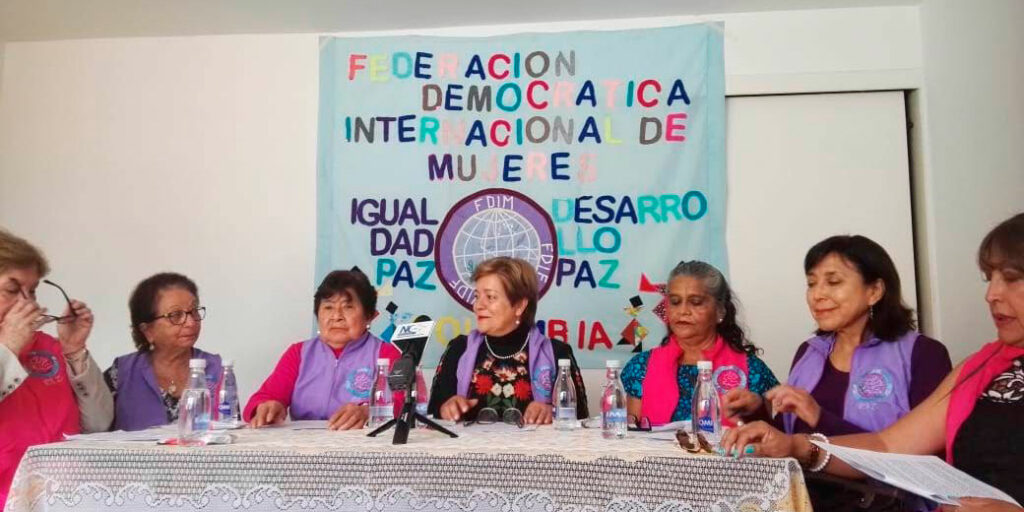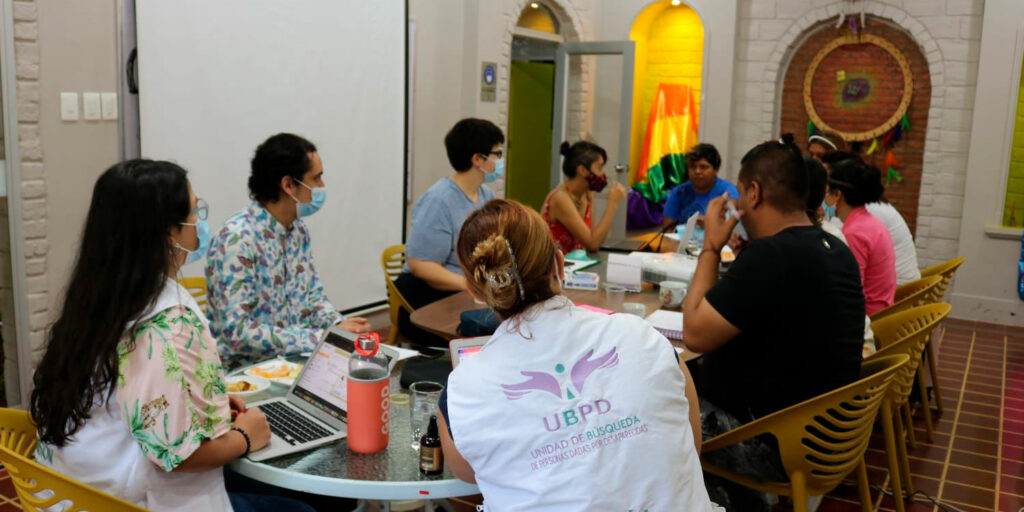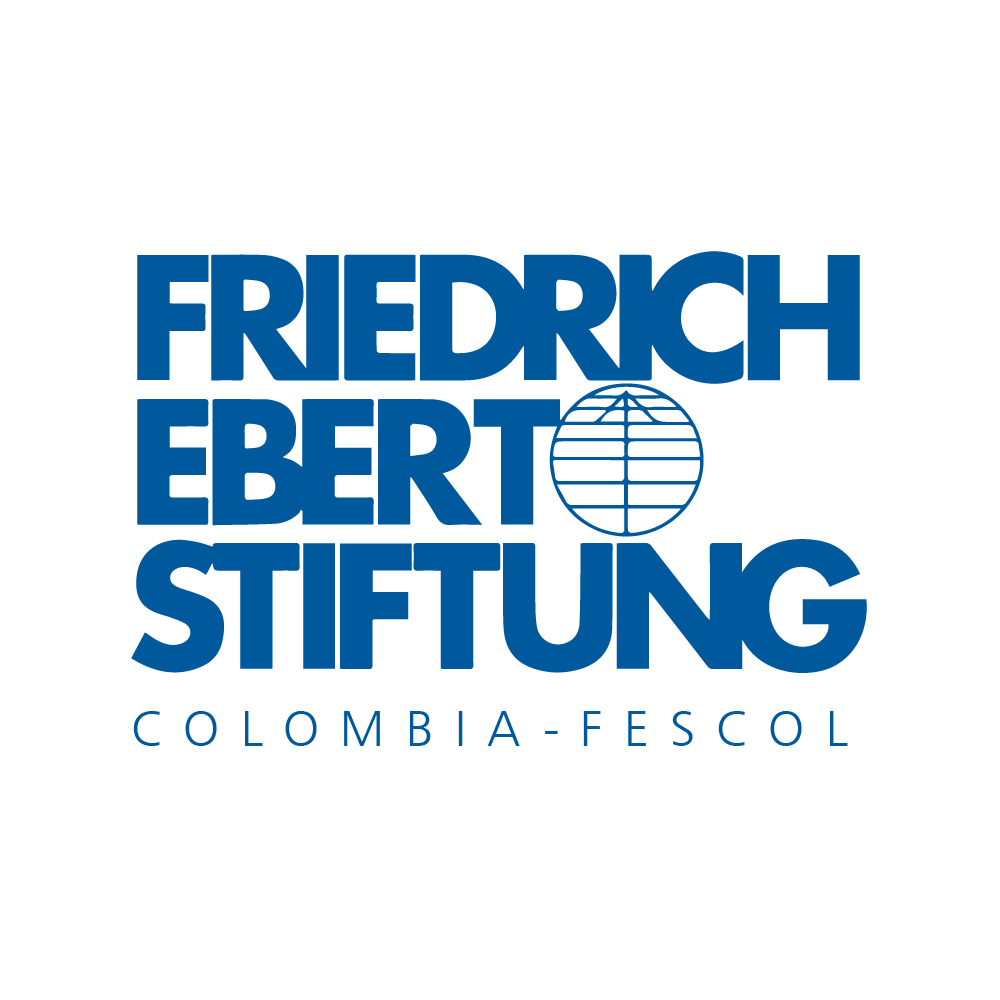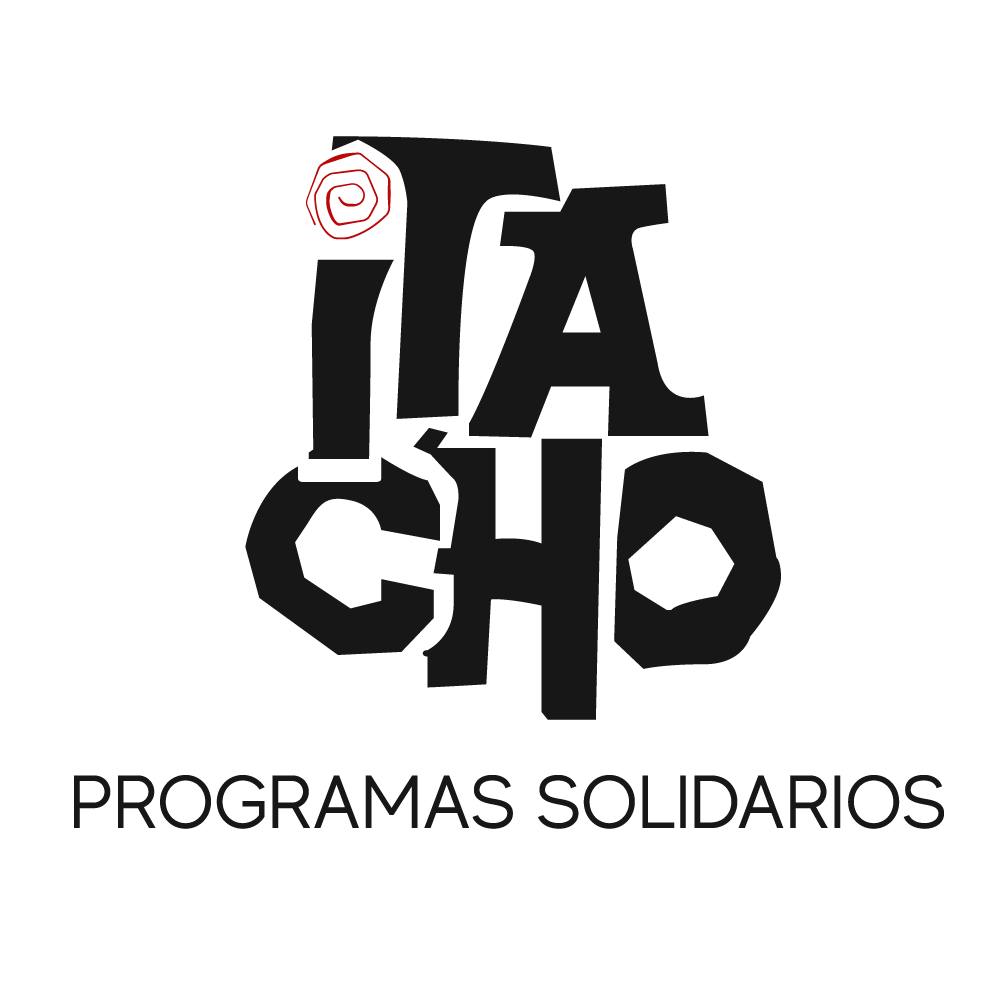The gender approach is understood as a principle that articulates the points that make up the Peace Agreement from a perspective of equal rights. In addition, it was conceived as a guarantee for the participation of a segment of the communities that have been historically excluded and violated in a differentiated manner during the armed conflict.
The origin of these measures dates back to September 11, 2014, when delegates of the then Colombian President, Juan Manuel Santos (2010-2018), and the former FARC guerrillas, at the negotiating table set up in Cuba, gave free rein to the creation of the Gender Subcommittee.
From that moment on, this space ensured that the rights of women and the LGBTI (Lesbian, Gay, Bisexual, Transgender and Intersex) communities were taken into account throughout the six points that were discussed and that ultimately gave life to the Peace Agreement. The Subcommittee was made up of five delegates from the national government and another five from the continent’s largest former guerrilla group.
Magnolia Agudelo Velásquez, a survivor of the Patriotic Union genocide and vice-president of the National Association of Colombian Women (ASONAM), which is part of the Women’s Movement for Peace, believes that, thanks to the work of feminist organizations, the Peace Agreement has a gender focus.
“We women have worked for this. In the last decade we have played a decisive role in mobilizations and national and international meetings. Since we knew that the (peace) talks were going to begin, we began to pressure so that the table would not be raised without a focus on this issue and that we would be part of the pact and not out of it ” recalls Agudelo.
On this regard, Manuela Marín, who laid down the arms and is currently a member of the political party Comunes, created by members of the former FARC who supported the Peace Agreement, agrees on this point: “The negotiation process with the government was mainly due to the rooting, empowerment and struggle of women in Colombia who, through their organizations, put strong pressure with clear proposals for inclusion”.
In turn, the former combatant emphasized that the gender focus included in the Peace Agreement “is not a specific or special chapter that privileges women over diverse communities; on the contrary, it is a prioritization for these sectors in each of the programs derived from the Peace Agreement”.
On the other hand, Isabela Sanroque, who for 12 years was a militant in the Eastern Bloc and was part of the negotiations in Havana, emphasizes that one of the great struggles of the Gender Subcommittee was to achieve differential recognition for the affectations suffered by women and LGBTI people in the midst of the armed conflict and for the so-called post-conflict policies. “The gender approach recognizes these historical and profound patriarchal inequalities. We cannot talk about peace if we do not recognize this gap,” Sanroque emphasizes.
Balance of compliance
Following the signing of the Peace Agreement, held at the Teatro Colón in Bogotá on November 24, 2016, the Special Instance for Women for the Gender Approach to Peace, composed of 16 women, was created to monitor the 130 provisions of the Implementation Framework Plan, which gives life to the adoption of this approach.
These measures are linked to the six points of the Peace Agreement. Therefore, they depend directly on the resources allocated to implement post-conflict policies, which are intended to heal the wounds caused during the war and close the socioeconomic gaps that caused and prolonged it over time.
According to the most recent report by the Kroc Institute of the University of Notre Dame, which was commissioned to monitor the implementation of the Peace Agreement, of the 130 measures contained in the gender approach, as of June of this year, only 10 percent of the measures included in this approach have been fully implemented, 16 percent are in the intermediate phase, 48 percent have made minimal progress, and 26 percent have not even begun.
The Gender in Peace Group (Gpaz), formed by Sisma Mujer Corporation, Diverse Colombia, the Colombian Commission of Jurists, Humanas Corporation – the Regional Center for Human Rights and Gender Justice, Dejusticia, the National Women’s Network and Women´s Link Worldwide, formed the Gender in Peace Group (GPaz) to follow up on the matter.
According to its third report of observations on progress in the implementation of the gender focus of the Peace Agreement, which analyzed the period between September 2019 and December 2020, only 20 percent of the agreed measures had been implemented.
Regarding the Comprehensive Rural Reform (RRI), it found that only three gender measures have been positively implemented or have made timely progress; while 44 percent have made partial progress and the other 44 percent have made no progress at all.
Another voice that set alarm bells ringing was the Office of the Comptroller General of the Republic (CGR). In a recent report presented to the public, it described as “insufficient” the resources “destined to the application of the gender approach within the framework of the Victims Policy and the Peace Agreement”.
According to the analysis carried out for the period 2020-2021, on average “only 4% of the total resources of the General Budget of the Nation directed to the implementation of the peace agreements could be identified for gender actions”.
This percentage is equivalent to 403 billion pesos, a figure that Andrea Ordóñez, gender consultant at the control entity, considers “marginal”. In her opinion, “the mandate established in the Final Agreement indicates that the gender approach must be transversal to all the implementation”, reason for which she insisted that it is quite low if the agreed challenges are taken into account.
In addition to this, the CGR found that there is no gender resource identifier in the peace-building budget tracer, which would make possible to visualize and follow up on the resources allocated for the implementation of this approach.
According to the analysis of this control body, “in spite of having reports of women benefited in different projects, in most cases it is not clear what the added value of the implementation of the FA (Final Agreement) is, in contrast with the general policies developed by State in the past. Likewise, the reports are limited to providing disaggregated figures for women, without this necessarily translating into a gender focus, with the aggravating factor that there is a generalized omission with respect to the LGBTI communities”.
The report adds: “In terms of the execution of resources by pillars, it is relevant to mention that no gender-related resources were reported for Land Adequacy and Health in 2020. In the same way, despite the fact that one of the main interests of women in the AF is associated with the social management of property, this pillar registers only 10% of RRI resources and 4% of the total AF”.
In the area of political participation, five measures have been implemented, corresponding to 19 percent of the total. The remaining 78 percent have made partial progress or have not been initiated.
In the third point, oriented to provisions for the end of the conflict, only one measure had the green light in this period: the creation of the National Commission for Security Guarantees with effective participation of women. Of the other measures, 13 registered partial progress and five no progress at all.
The fourth point of the Peace Accord, dedicated to solving the problem of illicit drugs, also shows no improvement and follows the same line as the previous points. Only two measures have been implemented, covering 17 percent of the total, while eight are in partial progress and only one has not.
Point 5, dedicated to the victims of the armed conflict, is the one that shows the greatest progress. Eight of its 20 measures have been fulfilled, covering 40 percent of implementation.
Finally, in the sixth point, which involves verification, three of the proposed measures achieved timely progress or were completed positively.
At a snail’s pace

Linda Cabrera, director of Sisma Mujer, assures that in relation to the Peace Agreement there are general advances, but also challenges. “There is progress with the indicators system. Today we have gender indicators framed in the institutional framework, which have follow-up tools,” she emphasizes.
As for the challenges, she accentuates the low percentage of implementation of the gender measures in the Peace Agreement, since only one fifth has made significant progress: “This implies great challenges in the future. We also have challenges regarding the disaggregation of figures, we have not yet managed to make a complete disaggregation to know exactly all the measures of the Agreement”.
Likewise, she warns that, in practice, a ‘familial’ approach is put before the gender approach, in which “many times women are counted as beneficiaries and policy holders, simply because they are part of a family, when in reality the holders are men”.
On the other hand, the implementation times of the gender approach are not in accordance with the needs of women and members of the LGBTI community. The Kroc Institute points out in its report on the first half of this year that these safeguards, together with the ethnic safeguards, “register lower proportions of compliance than the Agreement as a whole”.
For example, the formulation of the Protocol for the incorporation of the gender approach in the diagnosis, development, implementation and monitoring of the Comprehensive National Program for the Substitution of Illicitly Used Crops (PNIS) is one of “the most notable advances” of these special measures in recent months. It is, in the words of the Kroc Institute, “a document that promotes gender parity in the program’s decision-making entities, and defines strategies for the prevention of violence and stigmatization based on gender”.
The problem with this achievement is the moment in which it was issued: four years late, when more families are not being linked to the PNIS due to lack of economic resources and when the national government is making all kinds of efforts to resume aerial spraying with glyphosate to combat drug trafficking, leaving aside the solutions proposed by the Peace Agreement. This protocol should have existed before the implementation of the substitution program.
In this regard, the Comptroller’s Office points out that this delay has made it difficult for women to strengthen their participation in community spaces related to the PNIS.
Another measure that comes late is the creation of the Observatory of Violence against Women in Politics. It studies, analyzes and makes visible the violence against women in politics. As highlighted by the Institute, the Observatory must “generate protocols and good practices to confront this phenomenon in political and electoral spaces”, to guarantee the participation of women without violence or discrimination.
In the midst of the inclement wave of violence suffered by social leaders and ethnic authorities, which breaks records of aggressions and murders year after year, this important prevention measure with a gender approach was only approved last June 30.
What about the LGBTI community?

Homosexual, bisexual, transsexual and intersex people are the complement of the gender approach. Wilson Castañeda, director of Affirmative Caribe, an organization that has been defending the rights of the LGBTI communities for 12 years, participated in its construction in the peace dialogues, a process that was initially elusive to this community.
“We had the opportunity to be at the negotiating table. We were the first LGBTI civil society organization to arrive in Havana. They did not invite us, they invited the women’s movement and they, who have always been very supportive of us, took us in their combo,” he says about how the community he represents arrived at the Peace Agreement.
This situation reflects the exclusion that people of diverse sexual orientation have suffered. “Coming out of the closet in any part of the world is difficult, but here it is more complicated because we were immersed in an armed conflict that has a social and political line, where diversity has no place,” he stresses.
These kinds of difficulties were documented by the National Center for Historical Memory (CNMH) in its report Annihilating Difference, 2015, which gives an account of the way in which the armed conflict hit the LGBTI community differently and systematically.
“It is important to know that people who deviate from gender and sexuality norms have lived a continuum of violence, so that the violent situations they face did not begin with the armed conflict, they precede it and originated in the heterosexual thinking that structures social dynamics. However, the context of the armed conflict has transformed the dynamics of this violence, accentuating the negative imaginaries against these people, as well as the practices of surveillance, control and punishment towards them”, states the CNMH.
For Castañeda, the signing of the Peace Agreement has brought important benefits to the LGBTI communities and thanks to it, significant spaces for participation have been allocated.
“It was necessary to sign the Peace Agreement, five years later we feel it was worth it. Today Colombia is a better country for LGBT people because there is a state structure committed to peace that is seeking to build truth, justice, reparation and guarantees of non-repetition for LGBT people and because spaces for participation have been generated in the territories of conflict where historically we could not be or live. With the PDETs and the Peace Councils they are listening to our needs”, he highlights.
Despite gaining spaces for expression and visibility, this community continues to suffer violence. “It was beneficial and necessary to sign an agreement that has improved the quality of life for LGBT people and has given us spaces for participation, but structurally, Colombia, due to the lack of commitment of the government, continues to be a country where prejudices, homophobia and transphobia are still rampant. This has meant that the visibility that the LGBT movement has had in the territories due to the Peace Accord has begun to have strong traces of violence,” he laments.
Such is the case of Camilo*, an LGBTI rights activist, who had to flee Medellín to save his life. He has a track record of more than 20 years in community activism and currently supports the Unit for the Search for Missing Persons (UBPD) to find victims of diverse sexual orientation.
“I think the only positive balance I can make of the Agreement is the greater possibility of recognition and participation in the system”, he highlights and emphasizes that, in this sense, he has been able to show his forms of resistance and the damages suffered based on her sexual orientation and gender expression.
Laura Gisselly Beltrán, political scientist of the Peace Area of the organization Diverse Colombia, expresses her concern for the life and safety of leaders, women leaders and human rights defenders belonging to the LGBT community, since, in addition to the murders, there are other acts of violence against them.
“In 2020, the cases of violence against LGBT people in the country doubled. In most cases the violence they suffer is directly related to their sexual orientations or non-normative gender identities. This constant threat to LGBT leadership in the regions is related to the profound exclusion and lack of protection of gender identities and non-normative sexual orientations from the institutional framework,” says Beltrán.
This activist regrets the ineffectiveness of the Executive to implement the gender approach: “From the beginning of the Duque government, the lack of willingness to understand that what happened to LGBT people in the armed conflict was systematic and that discrimination based on sexual orientation and gender identity was also imminent at the heart of the war”.
He continues: “This has had practical effects, it has severely hampered the implementation of measures for LGBT people which, in more than 80 percent, is unsatisfactory.”
This pessimism is not only expressed by women’s and LGBTI organizations, nor by those who are leading the implementation of the gender approach. State entities have issued reports on the matter and consider that this point of the Peace Agreement is in a marginal situation.
In this regard, the Office of the Comptroller General of the Republic made a heartfelt call for attention in its Fifth Report on the execution of resources and compliance with the goals of the peace component of the Multiannual Investment Plan, which covers the period between November 2016 and March 2021.
Its main warning focuses on the fact that, of the total resources allocated for the implementation of the Peace Agreement during the past year, only 3 percent was allocated to meet the demands of women and LGBTI communities.
“As of December 2020, $194,119 million would have been executed and oriented to the cross-cutting gender approach, which represents 3% of the total resources of the AF (Final Agreement).
Of these resources, 53% were oriented to the payment of incentives for PNIS families headed by women; 38% to the integral rural reform; 9% to justice, truth and reparation; 0.4% to political participation; 0.4% to technical assistance for the structuring of projects with a gender approach; Point 3 on the end of the conflict did not present the execution of resources for gender during 2020″, details the report of the fiscal control entity.
Likewise, it questions that, as the five-year period of the signing of the Peace Agreement approaches, “the absence of a specific report on gender in the peace budget outline persists, which hinders the programming of resources for the implementation of such approach”.
The lack of a robust budget, according to the needs of those who suffered specific violence in the midst of the armed conflict due to gender and sexual identity, and the lack of a fiscal monitoring system, are signs of the unwillingness for the gender approach to transcend the 310 pages that give body, but not life, to the Peace Agreement.
* Name changed at the request of the source.




